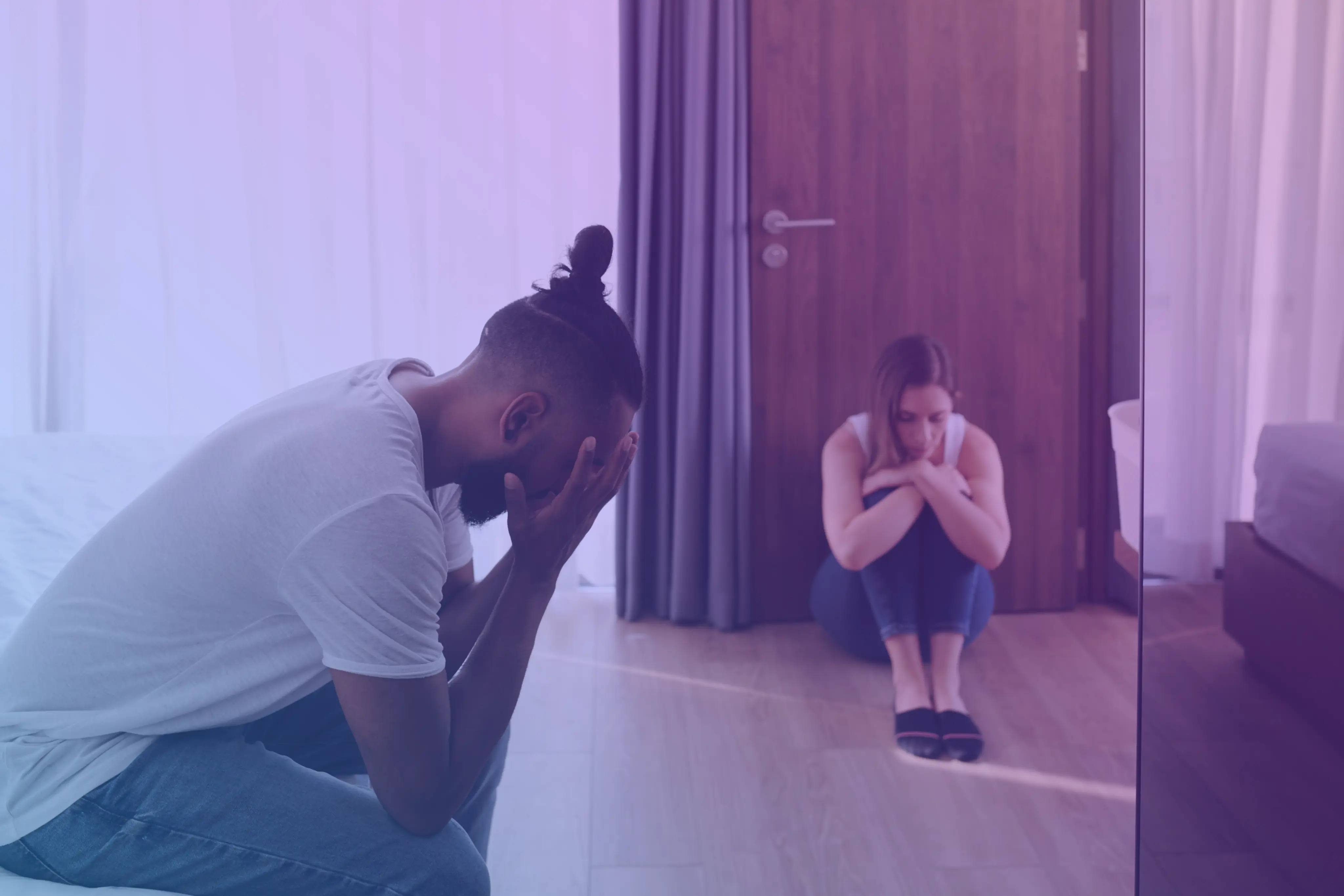



19/9/2025

There are moments in life when a memory hits you like a punch in the stomach.
You catch yourself thinking: “Why does this still hurt? I should be over this by now.”
But trauma doesn’t vanish with time. It hides, it waits, and it shows up in disguised ways — in your relationships, in your self-worth, in the choices you make without even realizing it.
Think of trauma like an unhealed cut. If you put a bandage over it but never clean the wound, it might look fine on the surface. But the smallest touch reopens it, and the pain feels just as sharp as the day you first got hurt.
Unhealed trauma works the same way. On the outside, you’ve moved on. You changed cities, you found new relationships, you tried new jobs. But deep down, the wound hasn’t closed. So when life brushes against it — rejection, loss, criticism — you bleed again.
And your body remembers faster than your mind. Tight chest, racing thoughts, shutting down. Trauma is not just in the past — it’s in the patterns that repeat until they’re faced.
Unhealed wounds quietly shape your life:
Here’s the truth: Trauma isn’t your fault. But healing it is your responsibility.
Once you face the wound, you stop living in reaction to the past. You stop circling in the same loops. You finally make choices from clarity instead of pain.
Take a notebook and try this exercise:
By doing this, you begin to loosen the emotional charge of the memory. You no longer see yourself only as the victim of what happened — you see the strength, resilience, or perspective it gave you.
Your memories without emotional triggers are wisdom.
Let me tell you about Marc.
On the surface, he was successful — investing, traveling, building skills. But underneath, he carried a deep wound. As a teenager, he learned that his father hadn’t wanted to recognize him. That moment planted a belief: “I’m not enough. People will eventually abandon me.”
Years later, the wound kept showing up. He would enter relationships full of hope, only to feel crushed when things didn’t work. Every time, the same inner voice returned: “See? You’re not enough. They’ll always leave.”
Marc’s instinct was to run — change jobs, move cities, find something new. But the wound followed him. No matter where he went, it whispered the same story.
The turning point came when Marc did the mapping exercise. He sat with that younger memory and, instead of drowning in the pain, asked: “What did I get or gain by experiencing that? What strengths did it give me?”
Slowly, he realized that growing up with rejection had also given him resilience, independence, and a drive to prove to himself that he could create a meaningful life.
It didn’t erase the pain overnight. But for the first time, the memory carried not just sorrow — it carried wisdom.
Healing doesn’t erase the past. It rewrites the meaning it holds over you.
Your trauma isn’t who you are — it’s something you lived through. And the very places you were broken can become the places you find your greatest strength.
Your wounds are not your destiny. Healing is.
Whether you’re unsure where to start, have questions about how this works, or just want to talk things through — we’re here to listen.
No pressure, no rush. Just clarity, support, and real answers.
Let’s Talk